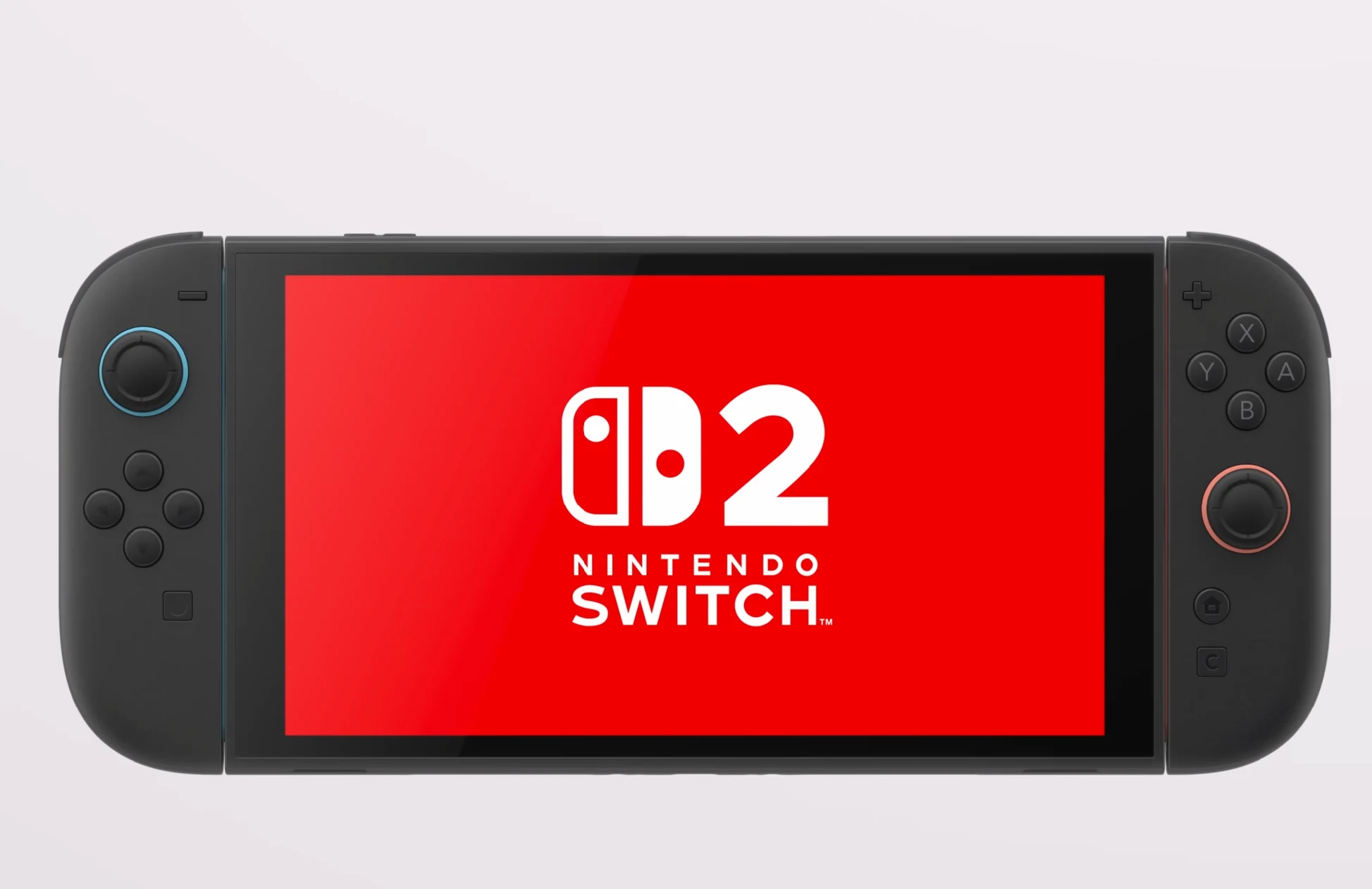Key Takeaways
1. The Nvidia Tegra T239 chip for the upcoming Nintendo Switch 2 uses standard Arm CPU cores and an Ampere-based GPU, manufactured on Samsung’s older 8 nm process.
2. Nintendo opted for the more affordable 8 nm manufacturing process instead of the advanced 5 nm, which may lead to long-term performance drawbacks.
3. The pricing strategy for the Switch 2 could hinge on its cost-saving chip decision, with a potential price point of $349 instead of $449.
4. Future collaborations between Nintendo and Samsung could involve a performance-enhanced version of the Switch 2, possibly an OLED model.
5. Nintendo’s choice of chip manufacturing may influence other companies like AMD to consider Samsung nodes, though AMD currently has a strong partnership with TSMC.
An earlier leak provided a detailed view of the Nvidia Tegra T239 chip that powers the upcoming Nintendo Switch 2. This chip incorporates standard Arm CPU cores and features a GPU based on Nvidia’s Ampere architecture. Additionally, it has been confirmed that the chip will be produced using Samsung Foundry’s older 8 nm (8N) process. A recent article from South Korean news source Chosun offers more insights into Nintendo’s future.
Nintendo’s Chip Decisions
According to prior leaks, the Tegra T239 for the Nintendo Switch 2 was originally intended to be manufactured on Samsung’s more advanced 5 nm process. However, Nintendo chose to go with the DUV-based 8 nm node since it was more affordable. Utilizing the established technology for Nvidia Ampere (RTX 30 series) also made GPU design easier. Nevertheless, if the recent performance simulations for the Switch 2 hold true, the cost-saving decision may have some long-term drawbacks for Nintendo. This choice could be justified if the Switch 2 were priced at $349 instead of $449.
Future Collaborations
The report mentions that Nintendo might work with Samsung again down the line. The previously discussed 5 nm node could potentially be utilized for a “performance-enhanced version of the Switch 2.” This upgraded model might be an OLED edition that brings much-needed additional power. By current gaming console standards, the Tegra T239 is already lagging behind, and this gap is likely to widen as future games will require more robust hardware.
Industry Impact
It appears that Nintendo’s collaboration could prompt other handheld chip manufacturers, like AMD, to consider Samsung nodes for their future products. However, this is not expected to happen anytime soon, as AMD maintains a strong partnership with TSMC and has managed to secure valuable fabrication space on the highly sought-after N2X node for its Zen 6 architecture.
Source:
Link


Leave a Reply